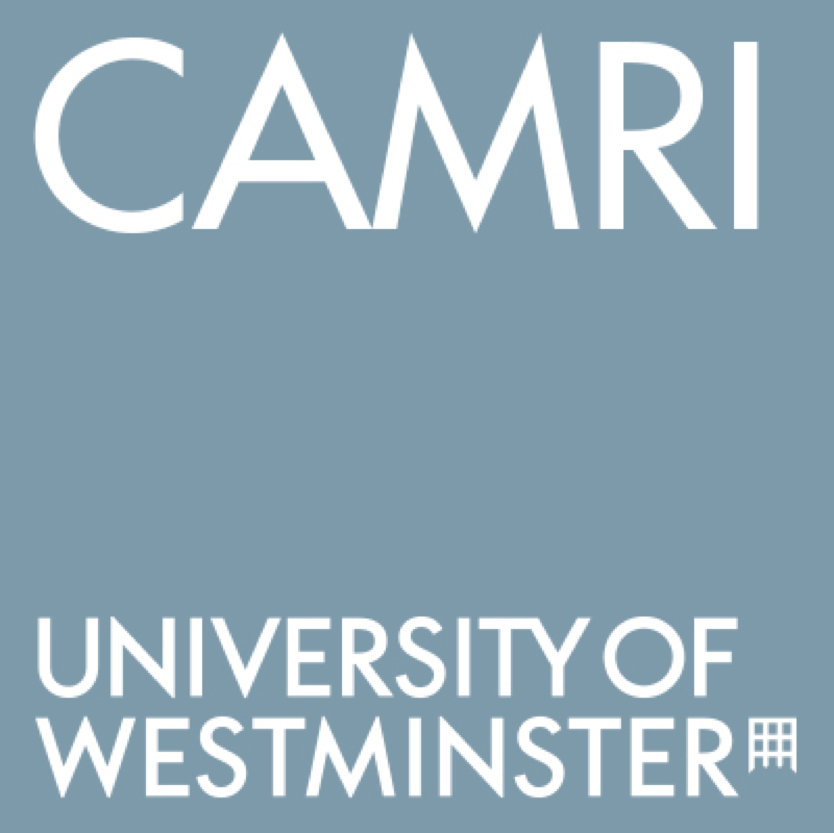“Governments of the Industrial World, you weary giants of flesh and steel, I come from Cyberspace, the new home of Mind. On behalf of the future, I ask you of the past to leave us alone. You are not welcome among us. You have no sovereignty where we gather (…)” (Barlow 1996).
Barlow’s declaration of independence of February 8 1996 was an expression of the libertarian approaches that have run through the Internet since its inception, and is the root of the misapprehension that the internet is somehow unregulated by state sovereignty. But why was it published that day? What happened?
Let’s start with a flashback to the internet that Barlow was describing and was willing to protect in his poem. It was the internet of relatively small groups of people interacting in online communities organised around common interests. It was a text-based internet where anonymous users interacted in MUDs (Multi-User Dungeon 2016). For a deeper understanding of the reality of those virtual communities read Dibbell’s “A Rape in Cyberspace” originally published in 1993 in The Village Voice. The author describes those text-based communities of anonymous users or characters, called MUD Object-Oriented (MOO), characterised by an accurate description of the content which defined the purpose of those chatrooms, indicating also the characters present at the moment with whom to interact, like a role-play game. But the real purpose of Dibbell’s article was to report a ‘digital rape’ where a character digitally (i.e. not physically) abused other characters. This digital violence led the community to gather in a dedicated ‘room’ to animatedly discuss and rule on the character guilty of the rape, who eventually was banned, an example of what is commonly reported as self-regulated internet. The contemporary manifestations of such communities are today social networks with hundreds of millions of users, resembling more closely a society than a community. At the time of the publication of the article in 1993, the World Wide Web (WWW) was just beginning. It was proposed by Berners Lee in 1989 but the first web site was only implemented at the end of 1990 functioning solely from Berners Lee’s computer (Castells 2001:15). In 1991 a cross-platform browser version of the World Wide Web was created and in April 1993 the WWW software became public with an open license (CERN 2016).
This was Barlow’s internet cultural background, but something was already happening in those years, which provoked Barlow to write his declaration of independence. In September 1993, a few months after the WWW software was released for public use, a Task Force charged by the Congress of the U.S. completed its Agenda for Action for the National Informational Infrastructure (The White House 1993). The purpose of this agenda was to propose the creation of the infrastructure necessary for a digital global market. The first paragraph of its chapter entitled ‘The Promise of the NII’ illustrates the power of this agenda in prescribing the future, describing a device which became a reality 15 years later:
“Imagine you had a device that combined a telephone, a TV, a camcorder, and a personal computer. No matter where you went or what time it was, your child could see you and talk to you, you could watch a replay of your team’s last game, you could browse the latest additions to the library, or you could find the best prices in town on groceries, furniture, clothes — whatever you needed”.
Read the rest of Antonello Bocchino’s article on Noema
Photo by Sara Kurfeß on Unsplash












